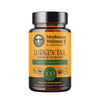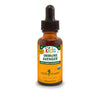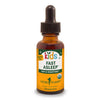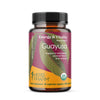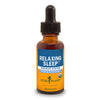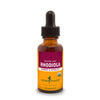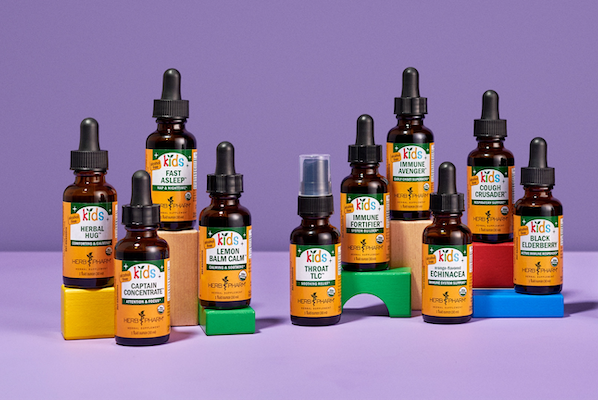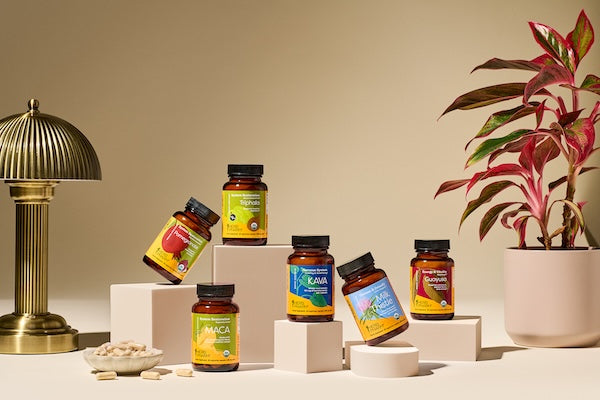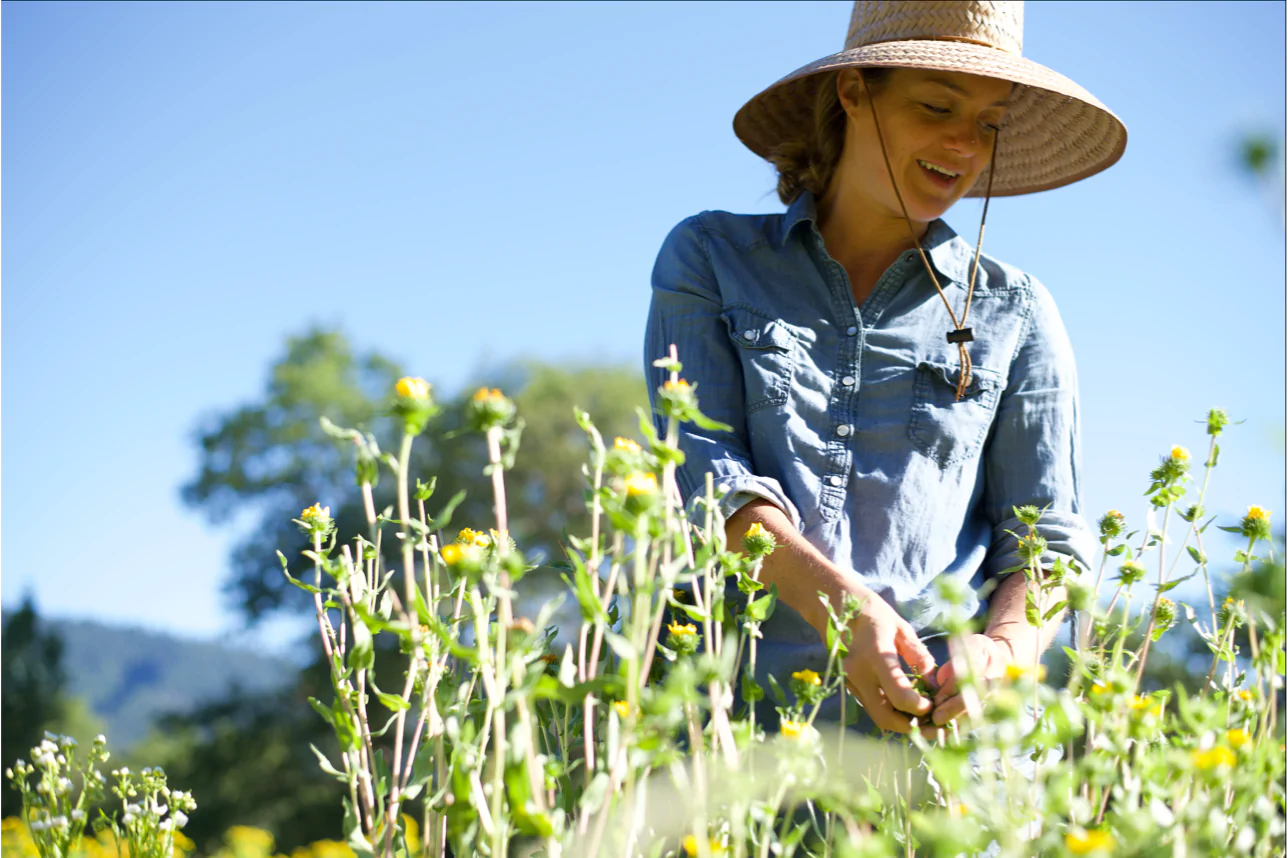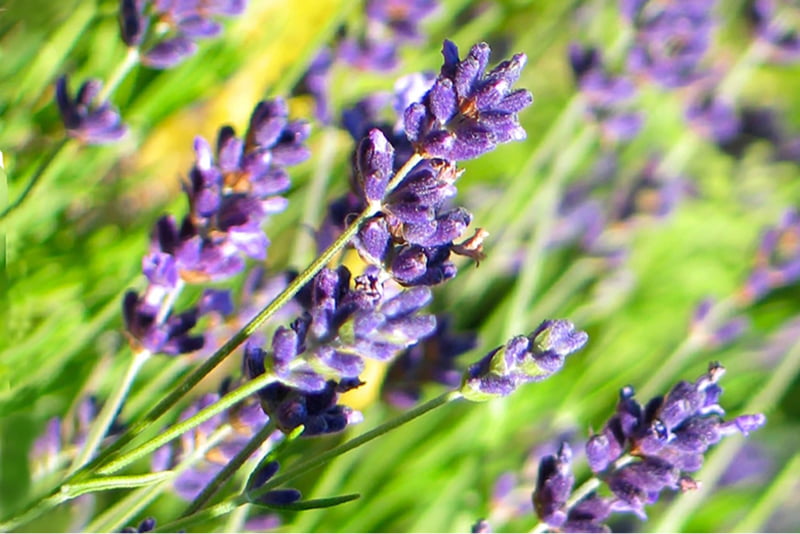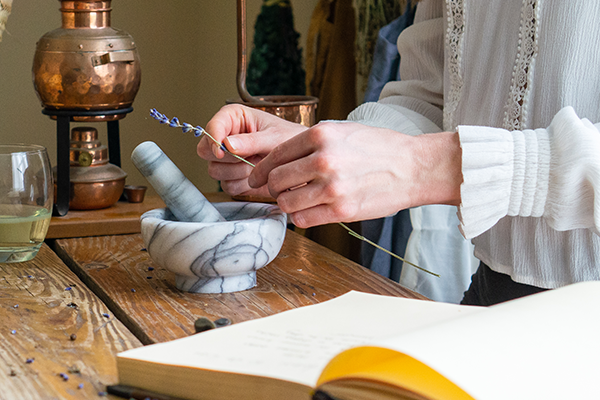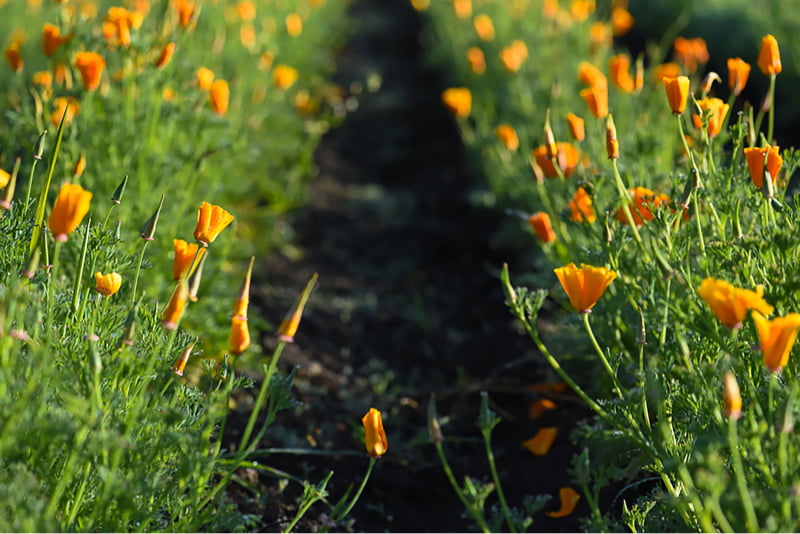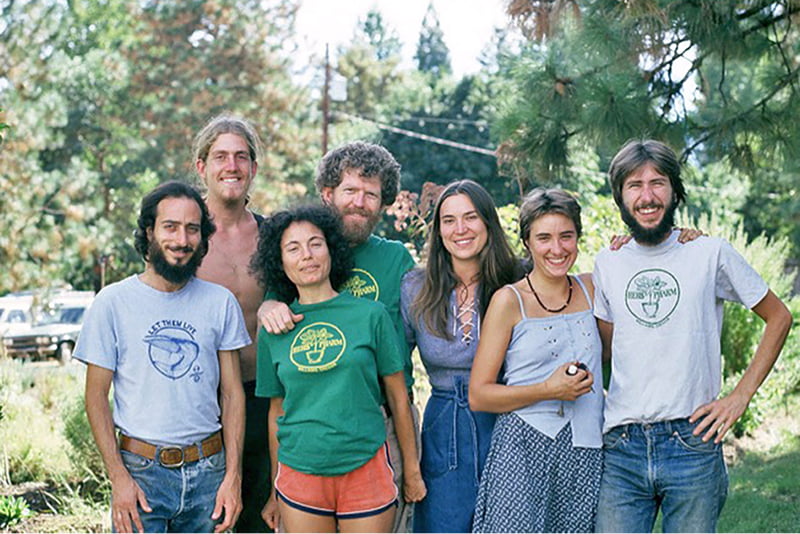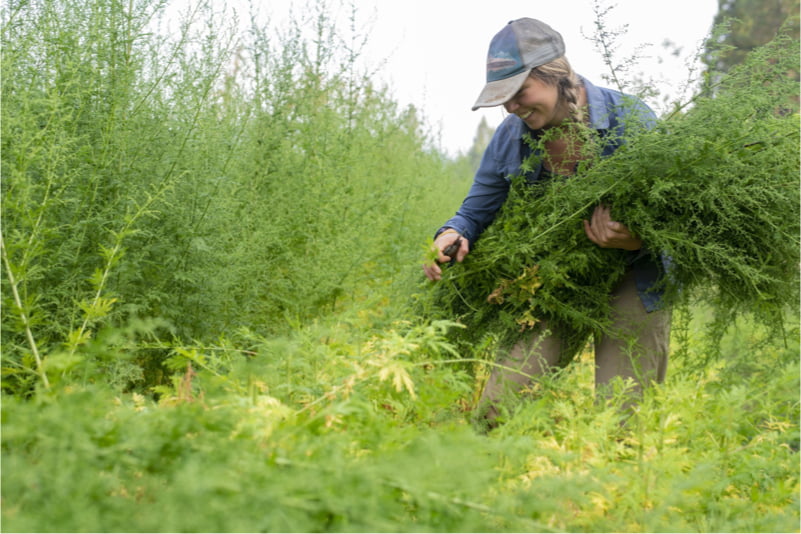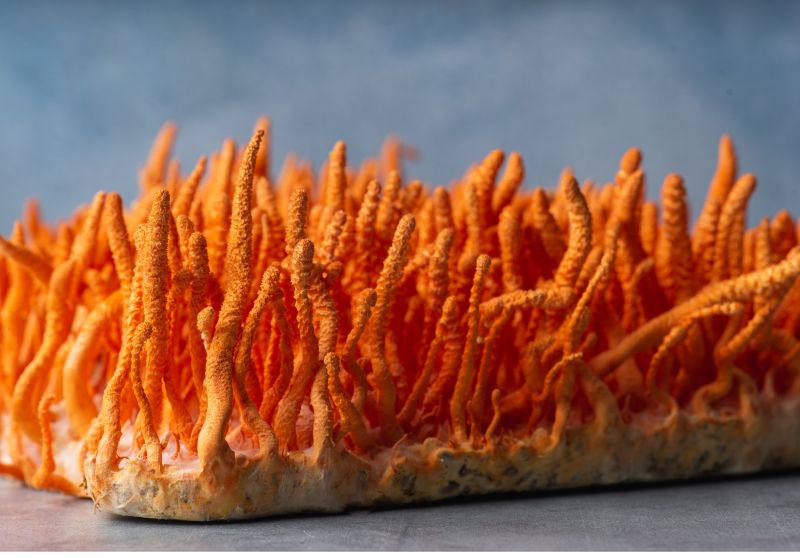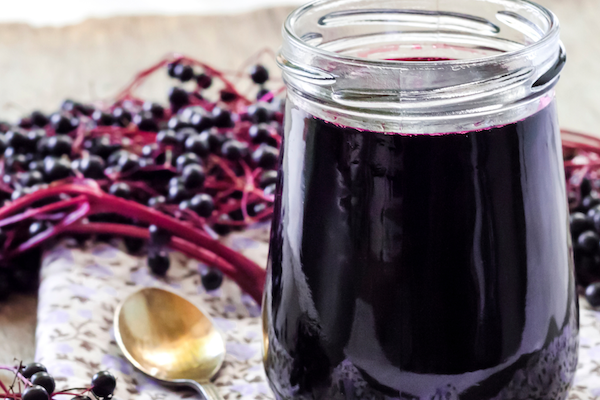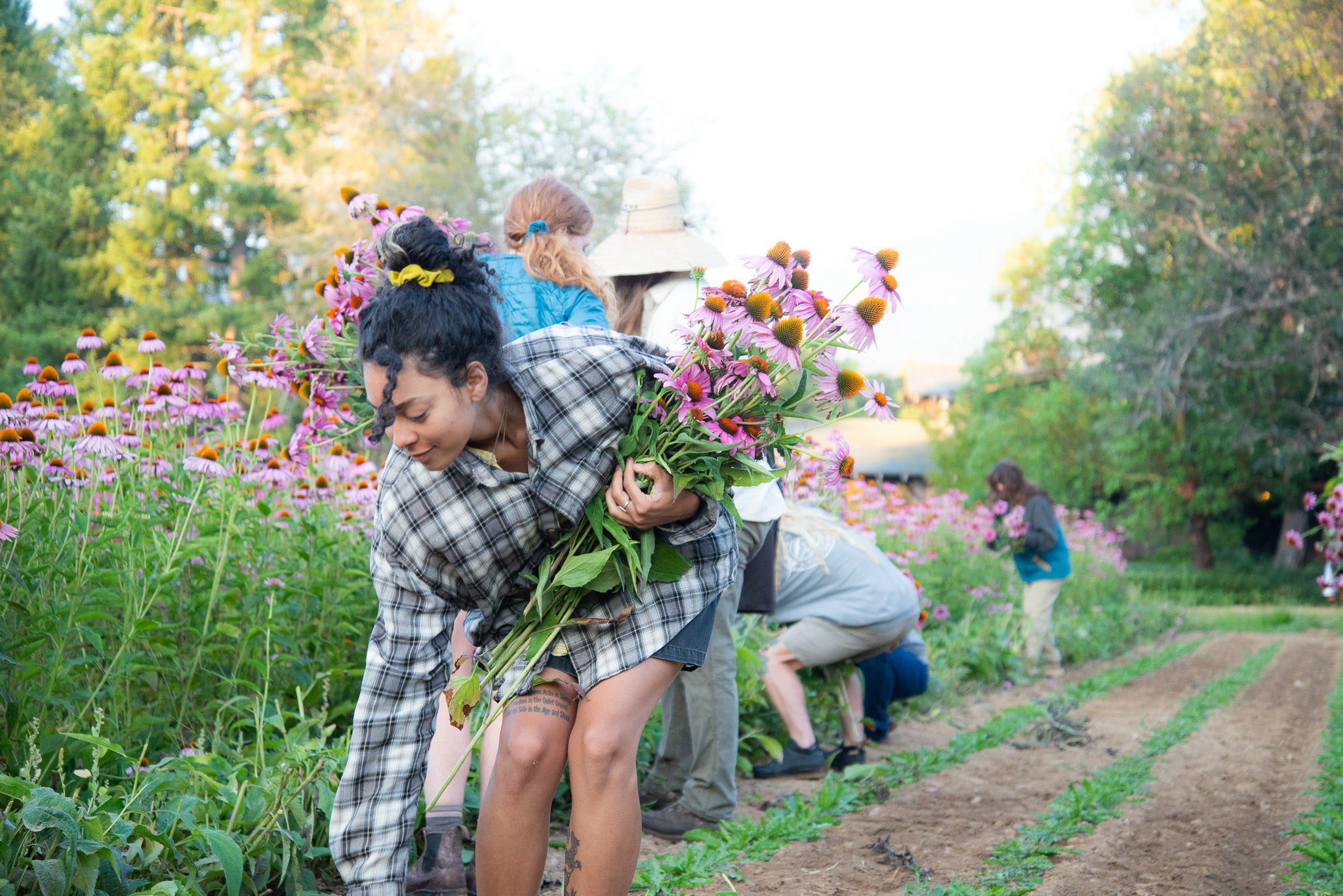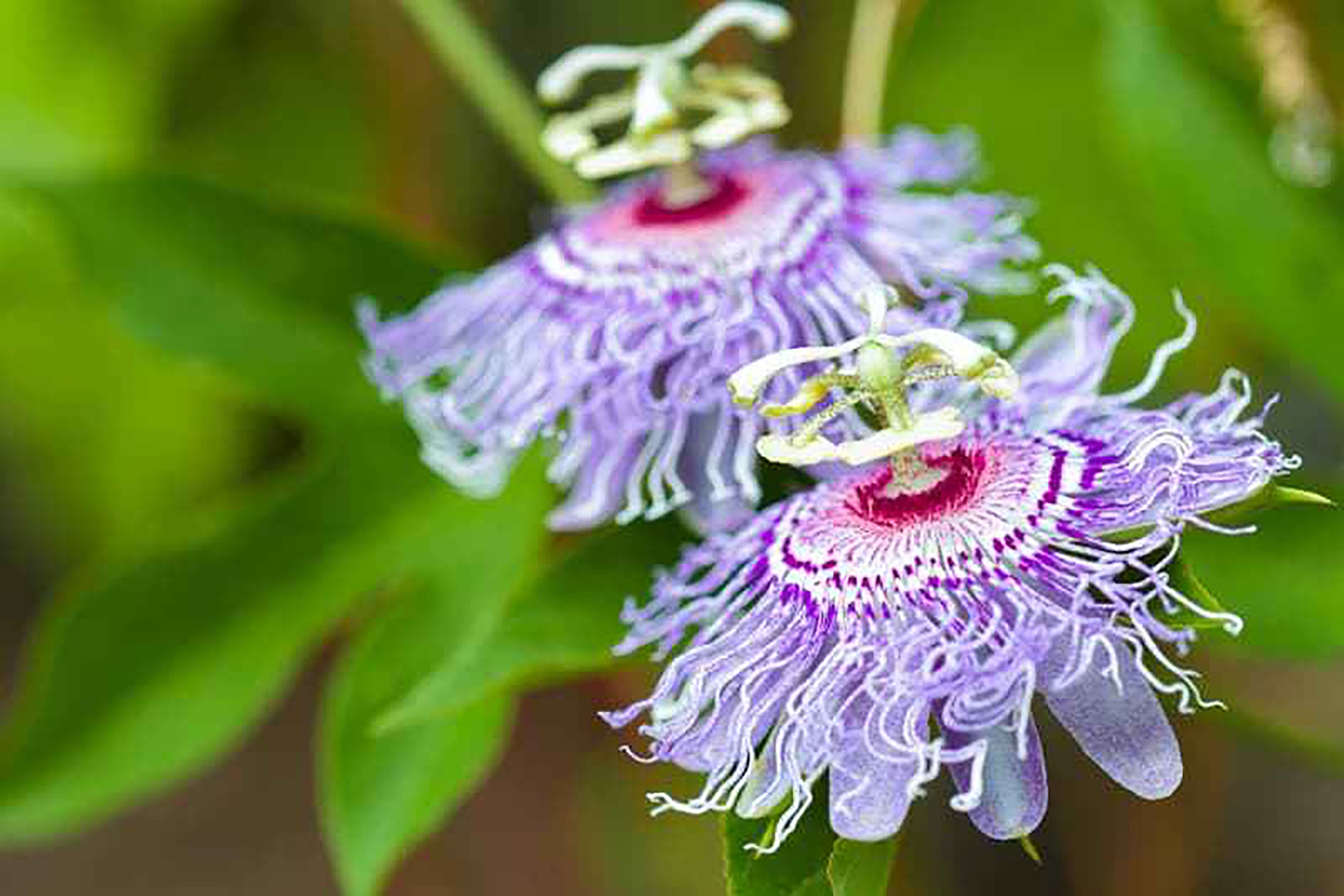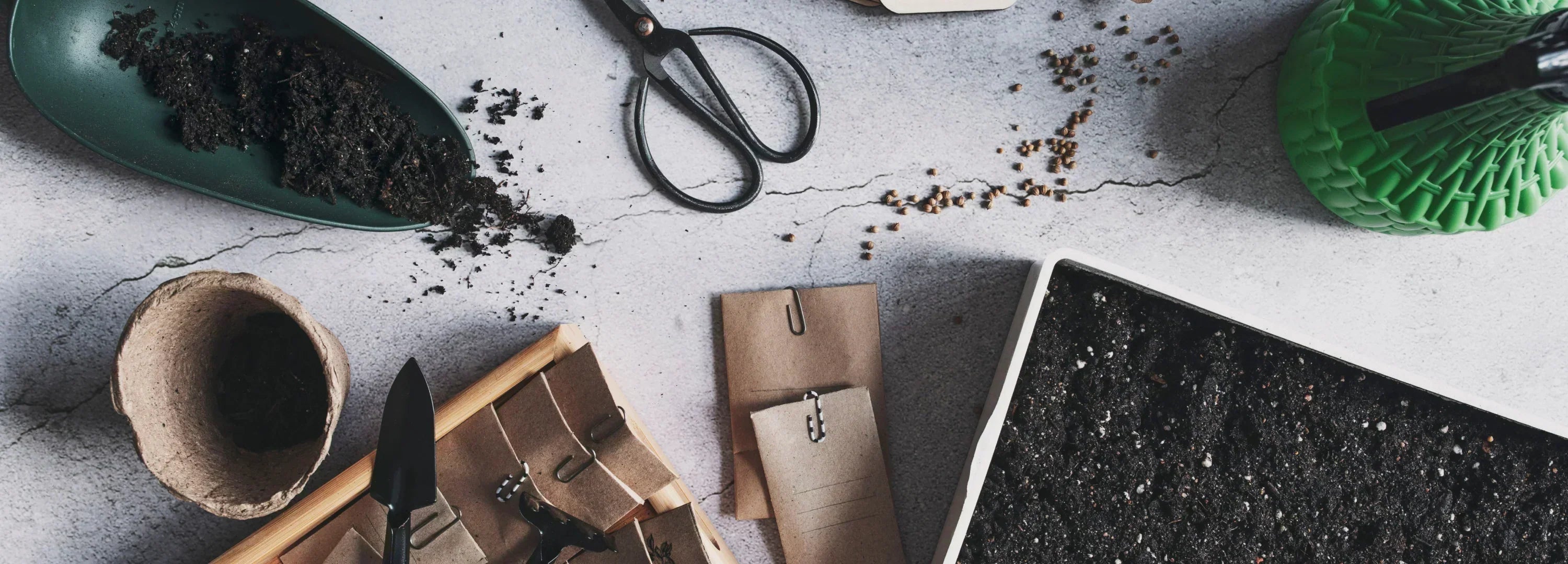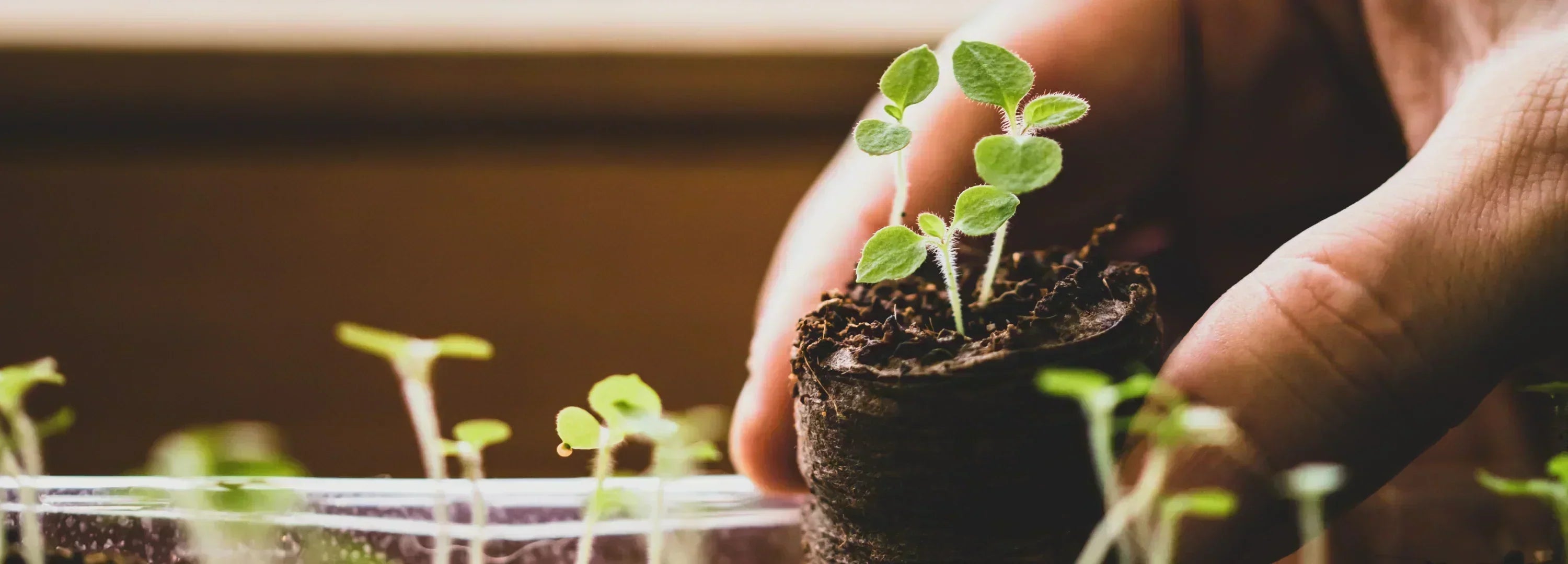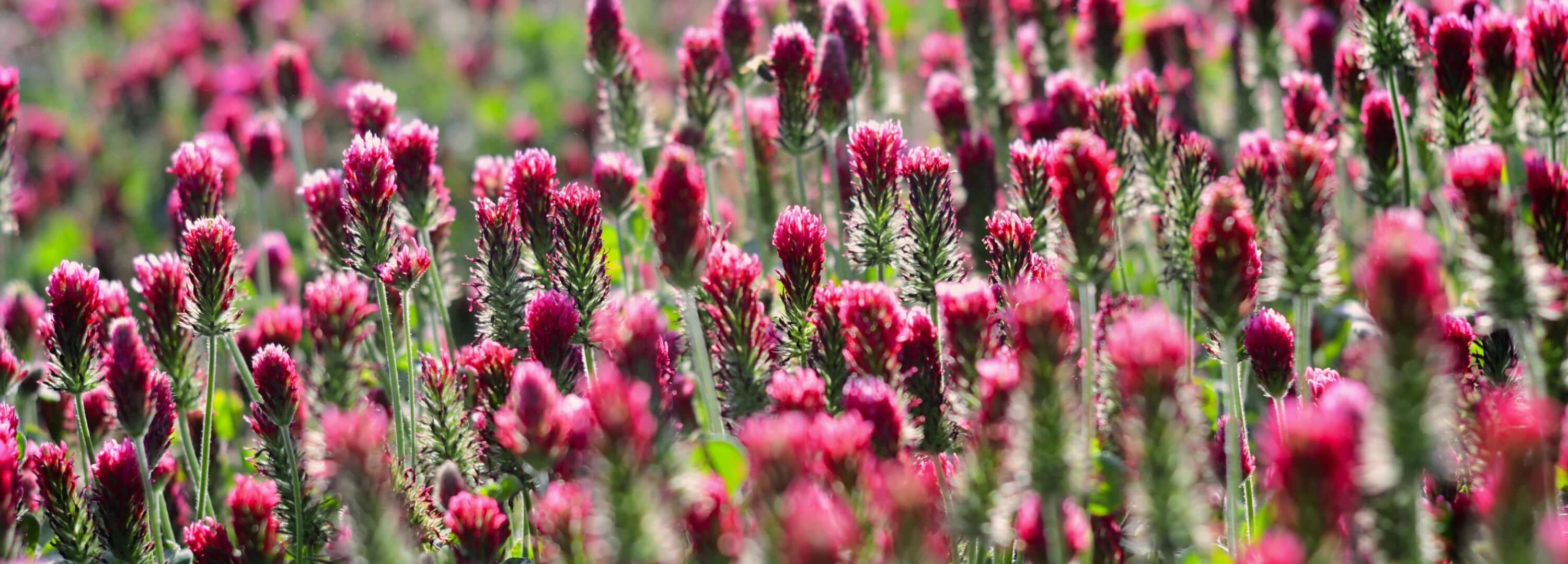
Growing Herbs at HomeNov 10, 2023
9 Tips for Fall Garden Maintenance
After the rush of summer harvest, most people are ready to kick off their tired, dirty garden shoes. But the
work never ends for us farmers! Just like we rest our heads after a long day, gardens and the soil need help
resting and replenishing before spring. Read on to learn how to put your garden to bed, and get simple fall
tips that can make all the difference in your garden — especially when your bulbs start waking up in the
springtime.
1
Seed Saving
Allowing some plants to ripen and then bolt (flower and make seeds), grants free seeds for next
years’ garden. Let the fruit or seed pods start to dry up before removing them. Remove the seeds
from the pod and allow them to dry completely before labeling and storing in a cool, dry place.
Pro Tip
For those without a seed stash, find seed companies that are in your USDA Plant Hardiness zone. These will give you the most success because
the
seeds are adapted to your climate. The next best resource is the Seed
Savers
Exchange, a nonprofit whose mission is to steward America’s culturally diverse and
endangered garden and food crop legacy for present and future generations.
2
Harvest Remaining Crops
If you have any summer crops still producing, harvest them to enjoy your final garden yield. Pull
any plants that are done producing or those that are diseased or dying. This can avoid diseases
setting in or pests taking up residence and lessen them in the spring.
Pro Tip
If you aren’t planting anything in that spot right away, cut the stems and leave the roots intact
to slowly break down and create biomass to encourage soil biodiversity. Don’t forget to compost
the tops!
3
Plant a Cover Crop
Cover cropping is like playing the long game with your garden. Have questionable soil, compacted
dirt or depleted beds from heavy feeders like Tomatoes, Corn or Kale? Planting cover crops in
your empty beds can help smother out weeds, slow erosion, create more fertile soil, increase
water availability and control disease and pests. Adding plants from the Pea family, known as
Legumes, into your cover crop blend can help naturally increase nitrogen levels in your soil.
Some of the fall-planted cover crops we use on our farms include Winter Oats, Rye, Peas and
Daikon Radish. Let the plants grow to cover the bed. When they flower, cut the taller plants
down near the base. Finally, scoop and flip the tops and roots right on the soil to decompose
them.
Pro Tip
If you do not plan to save seed, you can also just prune, mow or let winter cover crops naturally
decompose. It’ll add organic matter to your garden’s topsoil. Let the turned cover crops break
down in the soil for at least three weeks before planting in that area.
4
Soil Testing
If you’re more advanced or want to nerd out on soil health, test your dirt. This deep dive
provides valuable insight on the nutrient makeup of your soil and how to correct it for the next
planting season. Testing can reveal alkaline or acidic pH, or unbalanced levels of soil’s
essential nutrients: phosphorous, nitrogen and potassium. Tests can be done by DIY methods at
home or by purchasing a simple soil kit. Using a soil testing lab service will give more
information like levels of calcium, organic matter and more.
Pro Tip
Make sure to test before the ground freezes or after the frost in the spring.
5
Add Amendments
Nourish your soil on the regular without the overwhelm of finding the right nutrient proportions.
Adding organic amendments to your soil will increase the nutrient uptake in your garden plants and
improve the texture of your soil over time. An easy way to amend is to weed then add a
four-to-five-inch layer of mulch on top and around established plants in the fall. Mulch will help
insulate the plants through the winter and add organic matter to the soil. Mulch can be wood chips,
sawdust, grass clippings, leaves, straw or even fallen Pine needles. Before planting in the spring,
weed then mix in a two-to-three-inch layer of compost.
Pro Tip
Mulch can be free to inexpensive by using your fallen leaves, or by asking your local tree trimmers
or ChipDrop.
6
Expand Your Space
When the air is a bit cooler, it’s the perfect time to get a workout by creating more in-ground
or raised beds if you have the space. Sheet composting or lasagna gardening can assist in
smothering grass for in-ground beds. While Hügelkultur, a centuries old mound technique, can
help fill raised beds while creating more organic matter in your garden.
Pro Tip
Don’t have yard space? Look into community gardens in your area.
7
Plant Away
Aren’t planning on cover cropping in your beds? Plant some cold season veggies and herbs like
Arugula, Radishes, Thyme or Garlic. Fall is also a great time to plant perennials, spring
blooming bulbs, trees and shrubs before the first frost. The soil hasn’t frozen over yet,
rainwater is dependable and fairly cool weather helps newly planted plants establish their roots
before winter. Extend the season with cold frames, cloches or hoop houses.
Pro Tip
Plan to introduce new plant friends at least six weeks before the ground freezes so that they can
acclimate. Check local nurseries as they may have end-of-season sales around this time.
8
Clean Up
Clean and oil all your tools and sharpen any blades to ensure they are in great working order
when needed again. Drain and store hoses and irrigation, as water can freeze inside and expand
causing damage. Put away any trellises or supports not in use. Compost any container annuals and
store pots away from wintery elements.
Pro Tip
Clean tools by using 70% or higher alcohol (another use for your ethanol from tincture making!)
to sanitize your tools to avoid spreading any plant diseases. Isopropyl alcohol works too.
9
Bring Nature Into Your Home
Gather trimmed branches, pruned or dried flowers, grasses or plants with seed pods to bring
inside. Garden-inspired fall and winter decorating can be a fun way to cozy into that hygge
lifestyle. Use them to do creative projects and spruce up the house.
Pro Tip
Freshen up your home and get into the fall spirit by using some of the plants trimmed for an
herbal simmer pot. Put some small evergreen branches like Rosemary or Pine (needles or cones)
mixed with citrus slices and aromatic herbs like Cinnamon sticks or Clove buds in a big pot on
the stove, fill it with water, bring to a boil and then lower to a simmer. If you need some
aromatic simmering herbs, order them from our sister company specializing in raw herbs, Pacific
Botanicals.
It All Comes Back to Dirt
We know from our Regenerative Organic Certified® farms that everything starts from the ground up! The power
of growing potent herbs and resilient plants lies in the soil. Healthy soil can feed your plants, help them
flourish and reduce pests. Follow these tips and before you know it, you’ll become a garden pro in no time.
While these are general tips that are helpful in our area, always do your research about the specific plants
in your space and what’s recommended for the zone you live in.
Want to learn more? See how regenerative organic practices on our farms
support the Earth and lessen climate change. You can also read about what these practices mean to our farmers.


